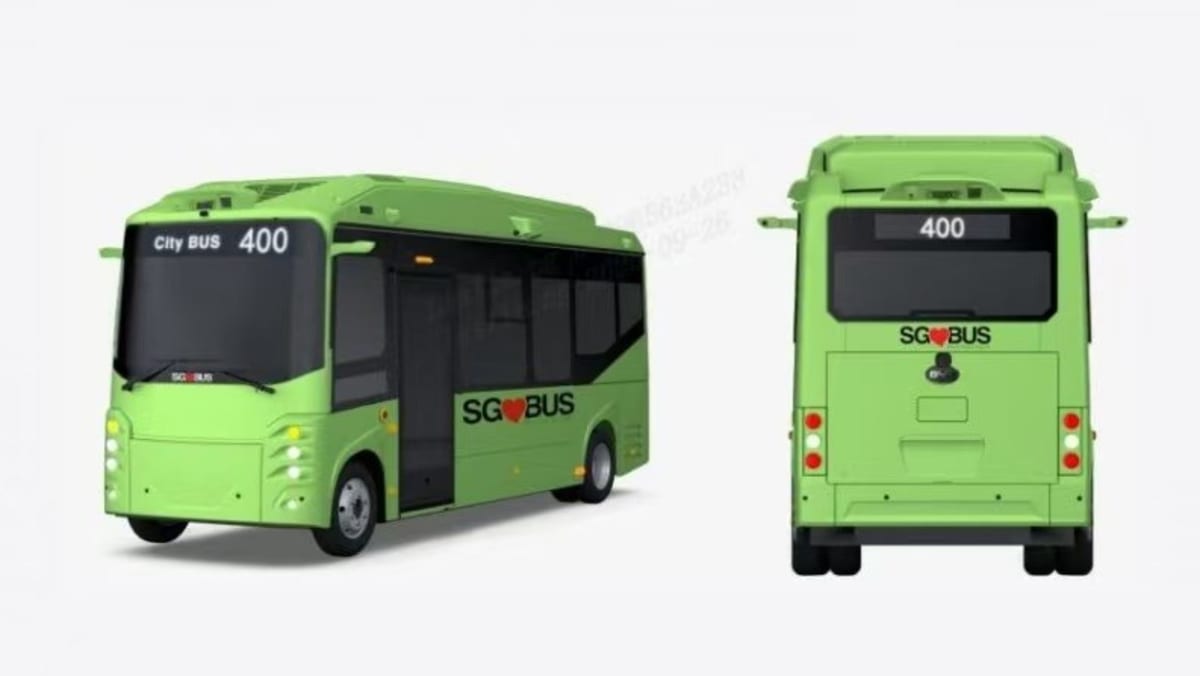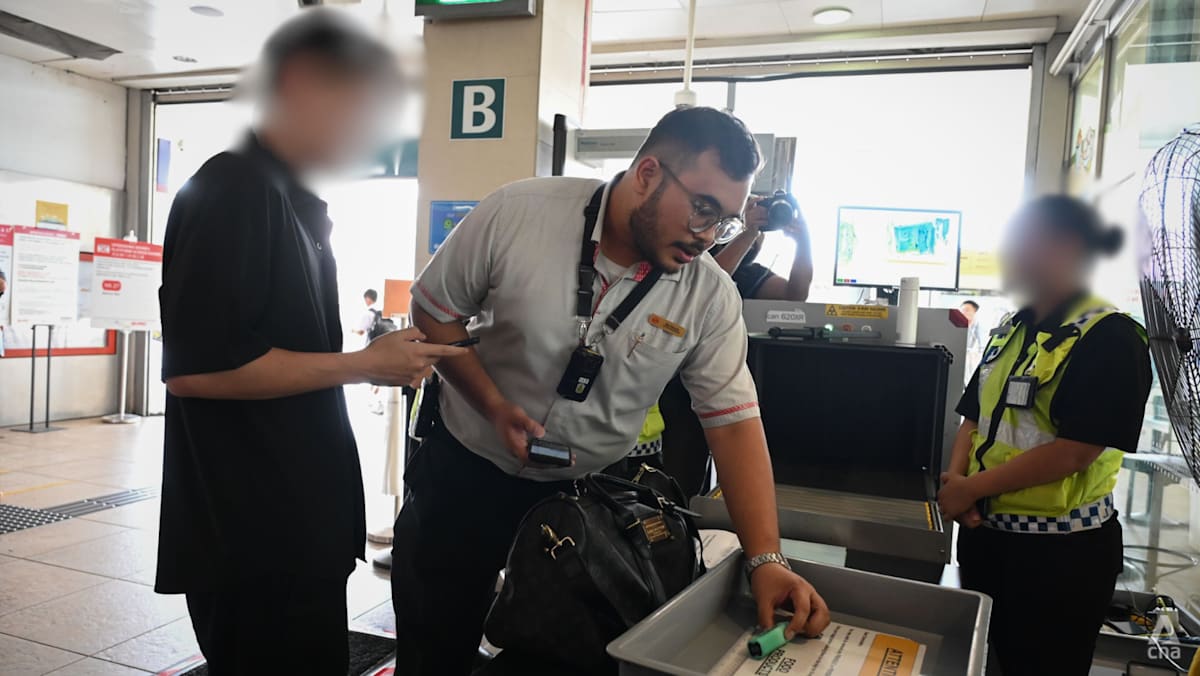PILOT DEPLOYMENT PHASES
During the initial phases of the pilot run, a safety operator will be on board the buses at all times, said LTA, adding that it will also monitor the buses in real-time to “ensure consistent self-driving performance and regulatory compliance”.
The safety operator will be able to take over control of the bus if necessary, CNA understands.
SBS Transit, the bus operator, will also consider commuters’ feedback to review and improve the autonomous bus operations.
“After the autonomous bus has demonstrated its capabilities to operate smoothly and safely, it will progress to the next phase where a
remote operator will monitor the operation continuously in a remote control centre,” said LTA.






